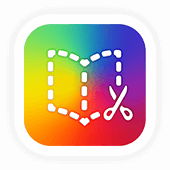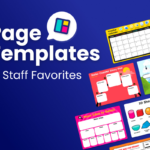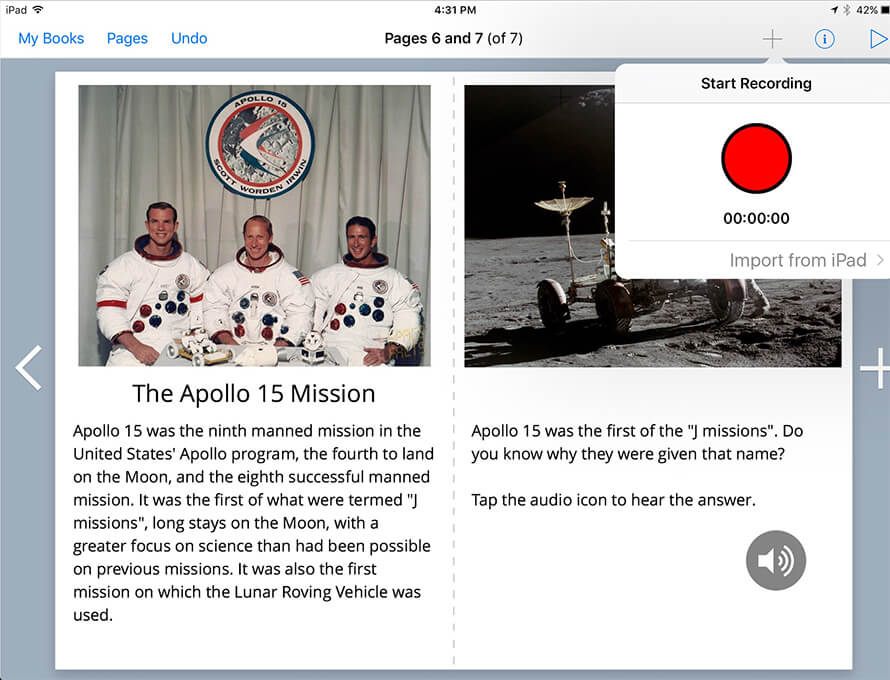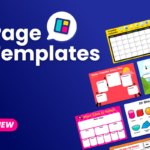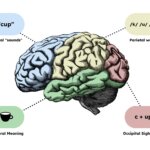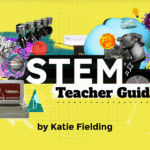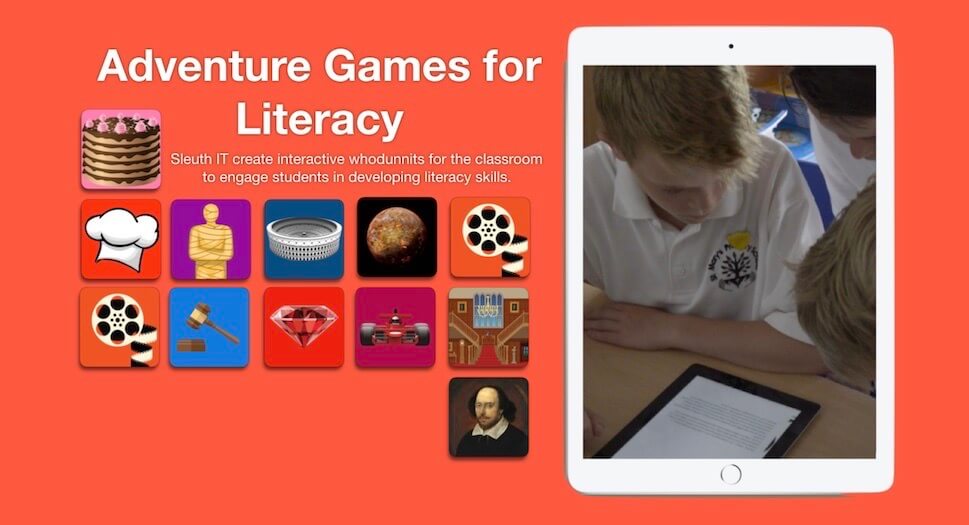
When students take the time to process what they’ve learned, how they tackled challenges, and what areas need improvement, they build a stronger connection to the material. However, with the demands of the classroom, integrating reflection consistently can be a challenge.
That’s where page templates come in. These ready-made tools make it easy to weave reflection into your lessons without disrupting your schedule. In this post, we’ll highlight how these templates encourage reflective thinking and offer 5 actionable tips for bringing more reflection into your classroom.
Why reflection matters in learning
Reflection is the process of thinking deeply about one’s experiences, thoughts, and actions. In an educational setting, it helps students engage in metacognition, or thinking about their own thinking. Research shows that reflection encourages deeper understanding, helps students retain information, and promotes self-regulation—key skills that are essential for lifelong learning.
Incorporating reflection into your teaching can:
- Enhance critical thinking: Students learn to analyze their thought processes and decisions.
- Improve problem-solving skills: Reflection helps students identify what worked and what didn’t, making them better problem-solvers.
- Foster personal growth and self-awareness: Students gain a deeper understanding of their strengths, challenges, and areas for improvement.
- Build academic resilience: Reflection promotes a growth mindset by teaching students that setbacks are learning opportunities.
Regular opportunities for reflection help students make sense of their learning, draw connections between concepts, and develop independent, critical thinking skills.
How page templates foster reflection
Page templates are structured formats that guide students through the reflection process, making it easier and more consistent. These templates often include reflection prompts, spaces for journaling, checklists, and other tools that support thoughtful reflection.
Here are a few types of templates that are especially effective for encouraging student reflection:
Incorporate daily journaling
Daily journaling is a powerful way to promote reflective thinking and emotional intelligence in your students. By encouraging them to write or type about their experiences, students can track their learning journey, identify challenges, and celebrate successes.
By dedicating five minutes at the start or end of each class for students to complete their journal entry, you can more consistently provide students reflection opportunities.

This weekly reflection template offers a structured way for students to capture their thoughts at the beginning of the week. The vibrant colors and clear sections help guide students to reflect on their experiences, promoting self-awareness and growth.
Use reflection prompts as exit tickets
Exit tickets are a quick and effective way to gauge student understanding at the end of class. By incorporating reflection prompts into exit tickets, you not only assess their learning but also encourage students to think critically about the material.

This 3-2-1 reflection template offers a structured way for students to summarize their learning. It encourages them to identify three key learnings, two interesting insights, and one remaining question. The clear format is an effective tool for promoting critical thinking and self-reflection.
Facilitate reflection on mistakes and growth
One of the most powerful uses of reflection is to help students reframe mistakes as learning opportunities. A “mistake reflection” template can guide students through this process, helping them analyze what went wrong, what they learned from the experience, and how they can improve next time.

This assignment reflection template encourages students to engage in thoughtful analysis of their work. With prompts that guide self-evaluation, students reflect on key aspects of their assignment, from areas of pride to aspects they could improve. The template also includes space to upload a visual representation of the assignment.
Reflect on learning artifacts
Encouraging students to reflect on their learning artifacts—such as essays, projects, or presentations—provides a valuable opportunity for deeper insight into their own work.

This artifact reflection template helps students analyze their progress and challenges by offering guided prompts. It encourages them to reflect on their learning artifacts, choose from a variety of reflection prompts, and provide thoughtful insights into their work. The template also includes space for students to attach their artifacts and record their reflections.
Encourage peer reflections
Peer feedback can be a highly reflective practice, allowing students to assess their contributions and learn from others. Structured peer reflection templates guide students in evaluating their own and their peers' work in a thoughtful way.

This peer reflection template provides a structured way for students to give feedback to one another. With sections highlighting what went well and areas for improvement, it encourages thoughtful, constructive peer assessment. The simple layout fosters positive dialogue and helps students reflect on each other’s work.
Incorporate video reflection
Video reflection is another powerful way for students to express their thoughts and reflect on their learning experiences. A video reflection template provides prompts and a structure that encourages students to record themselves discussing what they learned, how they faced challenges, and what they aim to improve.
By using these reflection templates, teachers can make reflection a natural and consistent part of classroom life, enhancing students' critical thinking, self-awareness, and growth. Incorporating reflection into daily activities doesn't need to be time-consuming or complex—page templates can make it simple and seamless.

This video check-in reflection template invites students to reflect on their week using a video format. The colorful emotion wheel encourages students to express their feelings, while the prompts help guide their reflections on successes, challenges, future goals, and any support they may need. This template is designed to support social-emotional learning through self-expression.
Enhance reflection with personalized teacher feedback
Providing feedback on student reflections is crucial for guiding their growth and reinforcing their learning experiences. With our commenting tool, teachers can easily leave thoughtful and constructive feedback on the students' reflection templates.

This feature not only allows for individualized responses but also fosters a dialogue between the student and teacher, encouraging deeper engagement. Whether commenting on a student’s journal entry, exit ticket, or video reflection, this tool streamlines the process, making it easier to offer timely, personalized insights that support student progress and development.
Share your reflective practice strategies!
We’d love to hear how you are incorporating reflection into your classroom! What strategies or templates have you found most effective for fostering student reflection? Do you have any tips or creative ideas to share with fellow educators?
Leave a comment below and let’s continue the conversation on how we can empower students through reflective practice! Together, we can inspire a growth mindset and help students reach their full potential.
With 20 years of experience in education, Katie is passionate about creating inclusive and accessible classrooms for all students. She loves exploring new places, trying different foods, and connecting with fellow educators.

